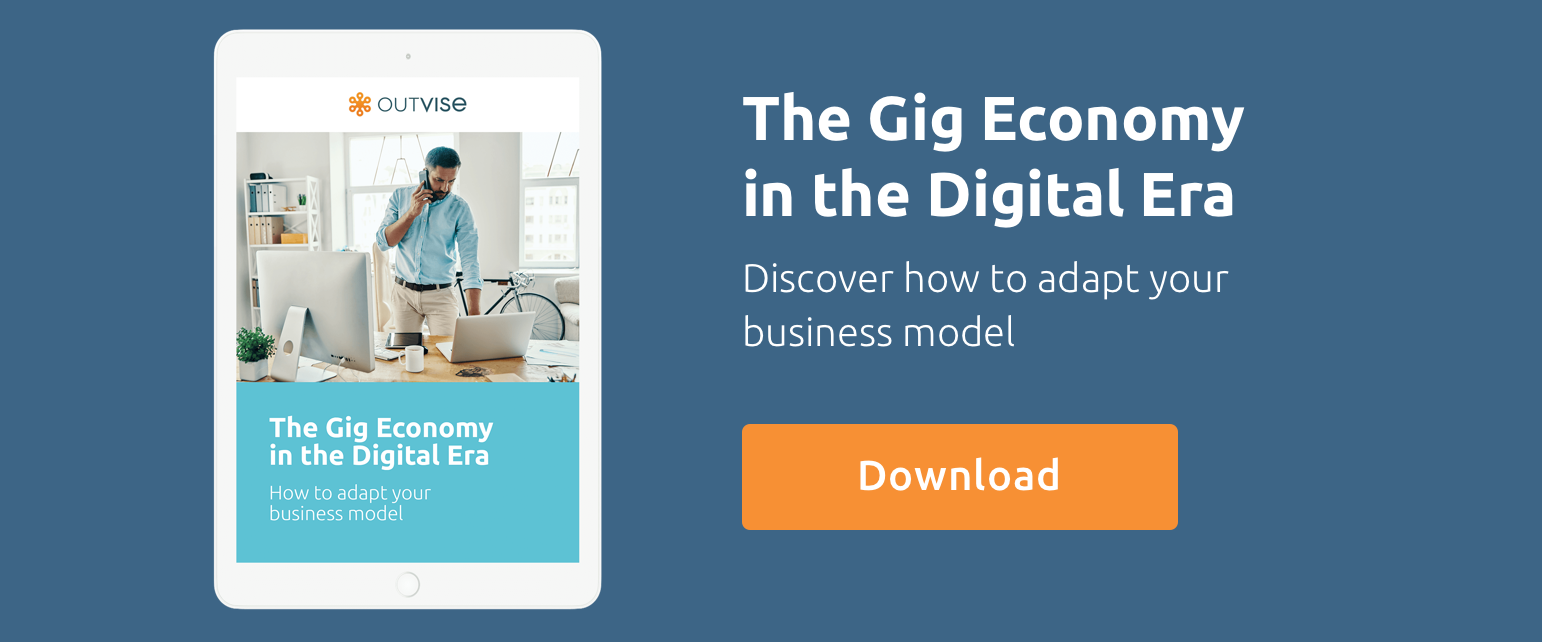Table of Contents
What is talent mapping?
Talent mapping is an analytical framework that companies use to assess their recruitment needs. It can be used to decide when, how and why to recruit at a given moment in a business’s future. Talent mapping outlines an individual’s capabilities and combines them with gaps in a recruiter’s needs. It is a useful resource for businesses to make sensible determinations of when the most ideal time to recruit somebody will be. It looks at a company’s expected growth and strategically pinpoints when recruitment will enhance that growth. It ensures that recruitment needs meet expected challenges a business faces on the way. Furthermore, it asks whether a business has enough people. Do those people have the ability, competence and training to deal with new challenges or roles?
How is it applied?
While talent mapping is often used to decide when to recruit new staff, it also makes use of deep management expertise to assess the performance of current staff. It outlines their abilities, education and progression potential to give management a detailed overview of how they match with the business’s projected growth. It aims to discover where there are problems that recruitment can fix, such as a department lacking expertise.
This kind of talent mapping helps management decide whether to recruit internally or not. Giving greater responsibility to current staff means that loyalty and hard work is rewarded, while also showing management when to utilise training opportunities.
Deep management expertise is required to map future talent into the business
To correctly forecast what talent will be needed in the future, deep, intelligent management expertise is required. To make this forecast, a manager must have a good, complete idea of what the business will look like in the future. They can use talent mapping tools to analyse the past. They can look at what staff were required and when to make a projection and estimate for the future. If management by themselves are unable to make this projection, then talent mapping tools can assist experts in making decisions. Experts can then define what future needs might arise, the training necessary and what talent, hires or advisory, to acquire.
The digital transformation means that talent mapping is now a continuously evolving process and no longer a static and unchangeable archive. This is a result of a greater scope for skills sharing and a focus on skills themselves rather than fixed occupations. It can be amended and altered whenever seen fit by management, allowing for greater flexibility and judgement. Therefore, digital talent mapping can respond to recruitment needs in a more intelligent and reactive way than traditional talent mapping.
What role do talent platforms play?
The rise of talent platforms such as Upwork, Catalant and Shiftgig has combined with the surge of the gig economy. The recruitment field is now wider, benefitting the business by increasing the certainty that talent will be available, whenever required.
This means that talent platforms bridge gaps in recruitment by allowing workers to advertise themselves as more specialist. Recruiters can now more easily hire project specific labour, allowing for more flexibility on their end and expertise in the worker. Employers also benefit by saving money that they would otherwise spend on hiring someone full time.
Talent platforms allow for a more strategic hiring policy if those in charge of recruitment use them well. The gig worker’s flexibility means a great opportunity to fill gaps in staff. This is especially true if the gaps in staff are only expected to be temporary. Well implemented talent mapping predicts when your business will need new staff, and for what exact purpose. Therefore, combining talent mapping and talent platforms the recruitment department can hire for specific projects at specific times.
Talent mapping brings you closer to the world’s expertise
Talent mapping gives a wider, more holistic picture of a business’s recruitment gaps. It gives a business the opportunity to look at a wider recruitment picture for the future of a business. It means you can be prepared for unforeseeable shortfalls at certain points in the future and fill recruitment gaps. Moreover, it means that a business can find where current stuff can benefit from extra training. Also, it works to selectively hire key talent and to make use of experts on demand. If gaps in recruitment are due to traditionally employed staff not having the skills, then talent mapping widens the pool of available workers. This therefore brings you greater opportunity to fill skills gaps.
Alex Collart, CFO & Co-founder at Outvise. Serial entrepreneur and management consultant, with a focus on strategy and marketing. Has co-founded and exited several companies. Former McKinsey&Co associate. Industrial Engineer + MBA (IESE/Kellogg).






No comments yet
There are no comments on this post yet.